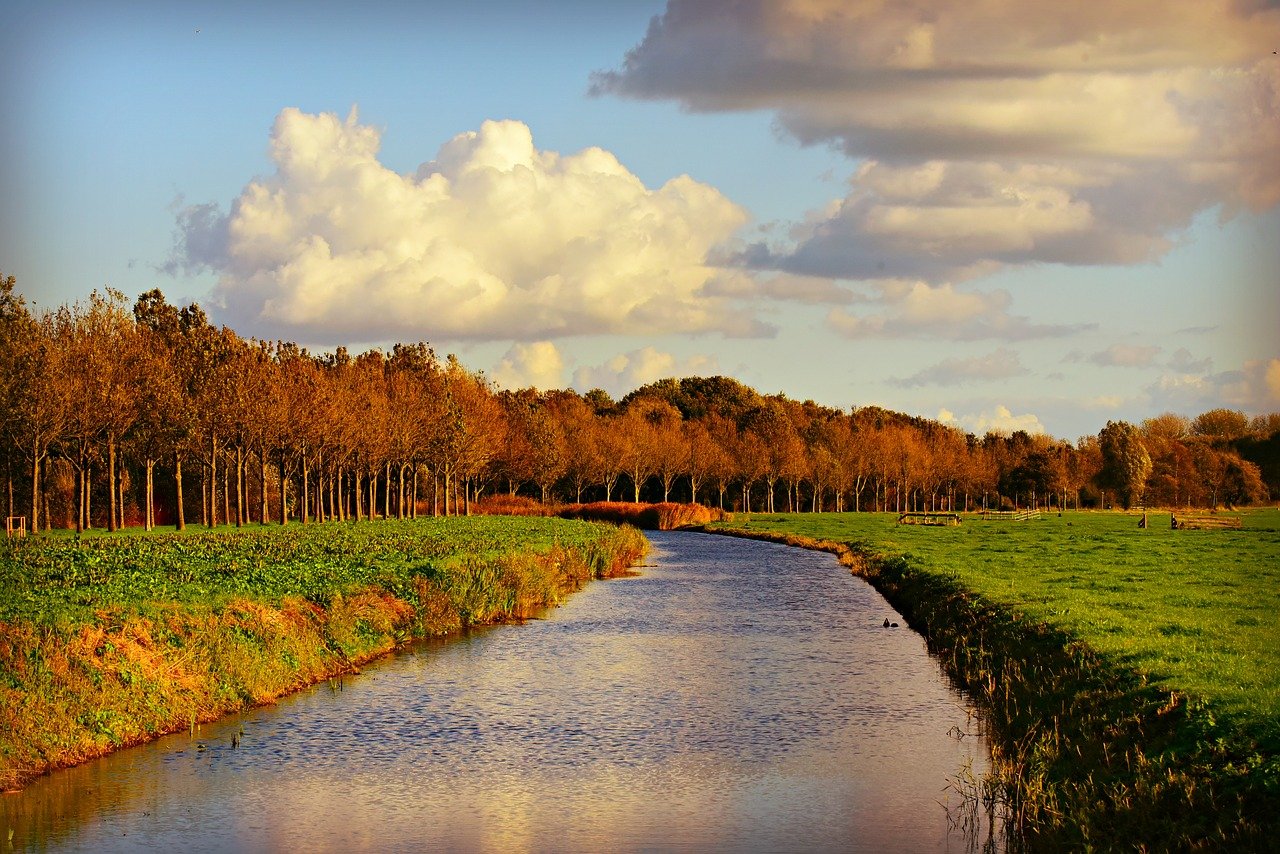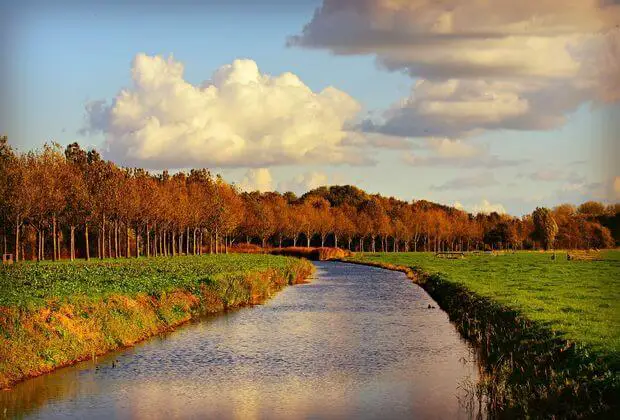 |
Irrigation canal |
Define Irrigation
Irrigation is defined as the systematic process of artificially supply of water to land for raising of crops.
Or
Irrigation definition can be stated as “The supply of water to the land or the crops, to help the growth typically by means of channels”.
Necessity Of Irrigation
a. Less rainfall: When the rainfall is less than 100cm i.e ,less then than needed for the crop artificial supply is necessary hence irrigation becomes necessary here when there is less rainfall
b. Uneven distribution of rainfall: If the rainfall is sufficient but the spatial distribution is not asper requirement irrigation becomes necessary
c. Growing a number of crops during a year: The rainfall in an area may sufficient to raise only one type of crop during the rainy season for which no irrigation is required if the facility of the irrigation is available the crops can raised in other season also.
d. Growing of perennial crops: Perennial crops such as sugarcane etc. requires water throughout the year so irrigation is necessary here.
e. Non uniformity of rainfall: The rainfall over a particular area may be sufficient but non uniform over the crop period.
f. Controlled water supply : By construction of the proper distribution system the yield of the crop may be increased because of controlled supply of water.
g. Development of agriculture in desert area: As desert area are likely to get very less rainfall, Irrigation methods can help in agriculture, to cultivate the crops.
h. Capacity of the soil: The difference in water holding capacity of the soil plays an important role in the Necessity of Irrigation supply. For example, sandy soil requires frequent irrigation than clay soil.
ADVANTAGES/BENEFITS
a. Increase in food production: This can be achieved by controlled and timely supply of optimum quantity of water to crop.
b. Protection from famine: Irrigation project scan save the places of famine in two ways viz Providing employment opportunities and continuous supply of water.
c. Cultivation of cash crops: Due to irrigation ,it is possible to grow crash crops such as sugarcane tobacco cotton etc.
d. Addition of wealth to the country: Irrigation projects are also design so that they bring some revenue to the country in the form of tax and saves importing of crops from the other countries
e. Hydro electric power generation: Major projects are designed in such a way that power generation can be done together with irrigation.
f. Domestic and industrial water supply: Water supply from the irrigation canals can be used for domestic and industrial water supply
g. Improvements of the communication: As all the canals are provided with inspection roads, which can be used as the means of the communication.
h. Canal plantation: The area along the canal is always damp and hence canal plantation is possible which in turn increases wealth of country and reduces soil-erosion.
i. Improvement of groundwater storage: Due constant percolation and seepage of water the groundwater table raises which is beneficial for better growth of the crop.
DISADVANTAGES/EFFECTS
Excess and unscientific ways of irrigation may have the following ill effects.
a. Climate becomes damp and cold giving rise to malaria.
b. Excess irrigation with poor drainage may lead to water logging and cause alt efflorescence resulting in drastic reduction of crop.
c. Land revenue decreases in the places where irrigation is extended as a positive measure.
d. Excessive seepage from unlined canals would lead to water logging of adjacent lands.
e. Submerged of forest villages on the upstream of the irrigation projects.
f. Lost of flora and fauna.
g. Altering of ecology.
Also read :What are the types of Irrigation systems| methods

